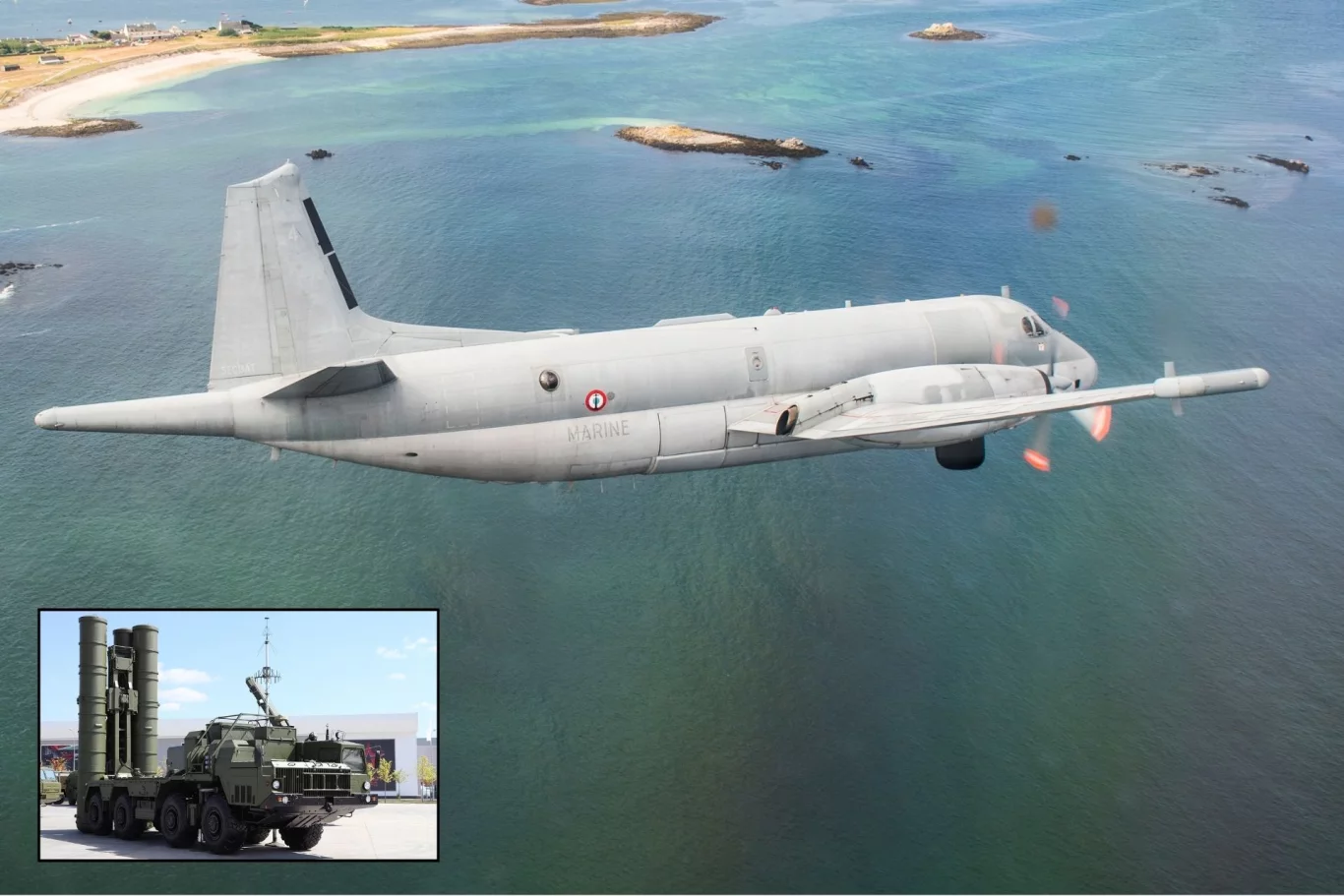Share the post "Russian S-400 Missile System Targets a French Atlantique 2 Aircraft Over Baltic Sea…"
During the night of January 15-16, 2025, a French Navy Atlantique 2 maritime patrol aircraft, operating as part of a NATO mission, was illuminated by the targeting radar of a Russian S-400 air defense system. This action, described as aggressive and contrary to international norms, was condemned on X (formerly Twitter) by French Defense Minister Sébastien Lecornu. The incident occurred amidst heightened tensions in the Baltic Sea, a strategically critical region where Russian and Western interests frequently clash…
NATO patrols in the Baltic Sea aim to ensure maritime security and protect critical infrastructure in the region. These operations have intensified in response to recent incidents, including damage to undersea telecommunications and power cables, which European leaders attribute to potential acts of sabotage by Russia. The Baltic Sentry operation mobilizes frigates, maritime patrol aircraft like the Atlantique 2, and naval drones to effectively monitor these strategic waters. On this occasion, the French Atlantique 2 was conducting inspections near Swedish and Baltic waters, scanning around 200 ships without identifying any suspicious vessels. Based on radar capabilities and operational ranges of the S-400 system, it is likely the responsible battery was located in Russia’s Kaliningrad enclave.
Kaliningrad, a Russian territory situated between Poland and Lithuania, plays a pivotal role in Russia’s air defense strategy. The region has hosted S-400 batteries since their initial deployment in April 2012, aimed at bolstering the Baltic Fleet’s air defense. Additional systems were installed at the Gvardeysk military base near Kaliningrad in March 2019 to further secure this strategically sensitive area. These deployments also serve as a deterrent to NATO forces operating in the region, where tensions continue to rise.
The S-400 Triumf, developed by Almaz-Antey, is a sophisticated air defense system featuring an advanced radar architecture. At its core is the 92N6 Grave Stone fire control radar, capable of detecting targets up to 400 kilometers away and at altitudes exceeding 50 kilometers. Supporting this is the 96L6 Cheese Board radar, optimized for tracking targets at both low and high altitudes, and the 91N6E Big Bird radar, which can identify threats at ranges up to 600 kilometers in some configurations. This combination enables the S-400 to detect a wide range of threats, from ballistic missiles and stealth aircraft to drones and cruise missiles.
The S-400 is further distinguished by its ability to deploy a variety of missiles tailored to specific threats. The 40N6E missile, with a range of 380 kilometers, can engage targets beyond the radar horizon, including those flying at low altitudes. The 48N6DM/48N6E3 missiles with ranges of 250 kilometers and 48N6E2 with 200 kilometers are designed to intercept high-altitude threats, while the 9M96E missiles with a range of 40 kilometers and 9M96E2 with 120 kilometers are optimized for maneuverable threats and those at low altitudes. These hypersonic missiles, capable of speeds up to Mach 15, ensure rapid and precise interception. In its maximum configuration, an S-400 battery can engage up to 80 targets simultaneously and direct 160 missiles within a 360-degree radius.
This incident highlights the growing geopolitical tensions between NATO and Russia, particularly against the backdrop of the ongoing conflict in Ukraine. The Atlantique 2, designed by Bréguet and Dassault Aviation, specializes in anti-submarine warfare and surveillance missions. With a flight endurance of 14 hours and a range of 4,300 nautical miles, it is a critical asset for NATO operations in the Baltic Sea. Equipped with state-of-the-art sensors, including a magnetic anomaly detector and a 360-degree radar, the Atlantique 2 can efficiently monitor maritime activity in strategic zones.
conclusion, this event reflects the delicate balance of power in the Baltic Sea, a critical theater in the broader NATO-Russia rivalry. The advanced capabilities of the S-400 system, coupled with NATO’s strategic resilience, highlight the precarious nature of this region, where each action carries potential implications for international security.




